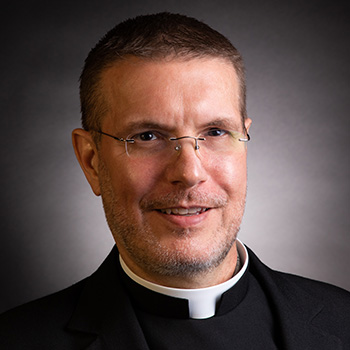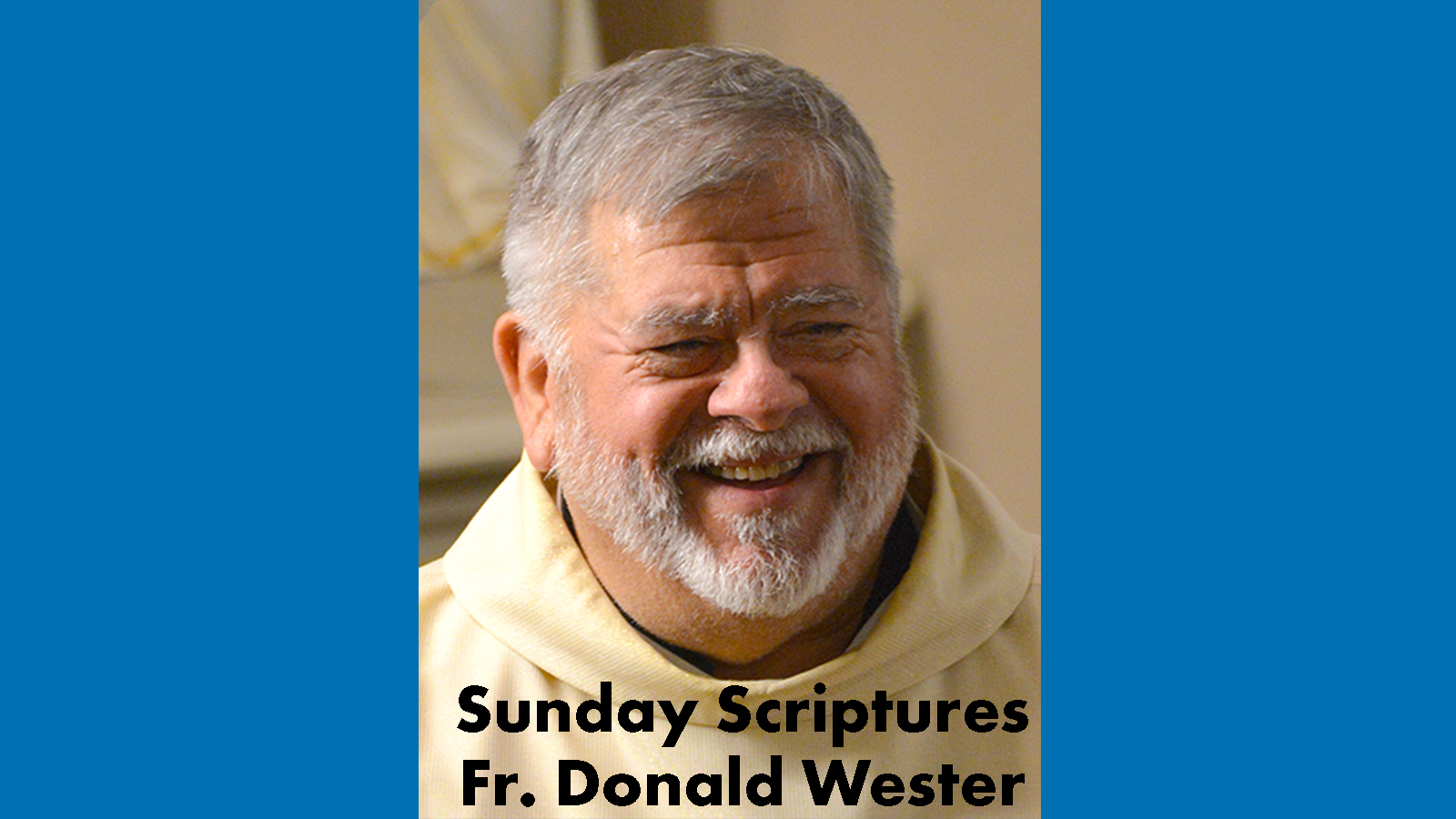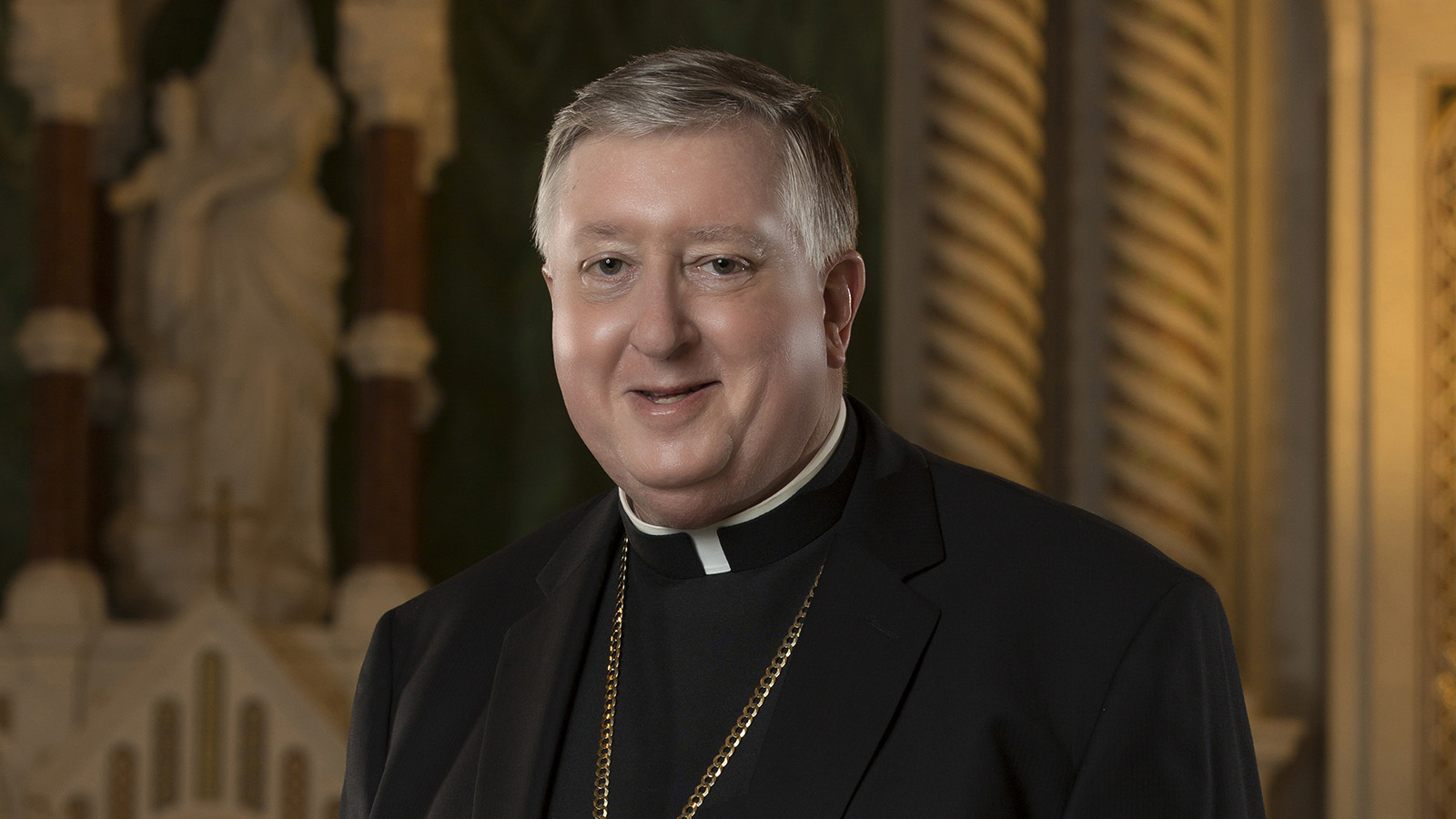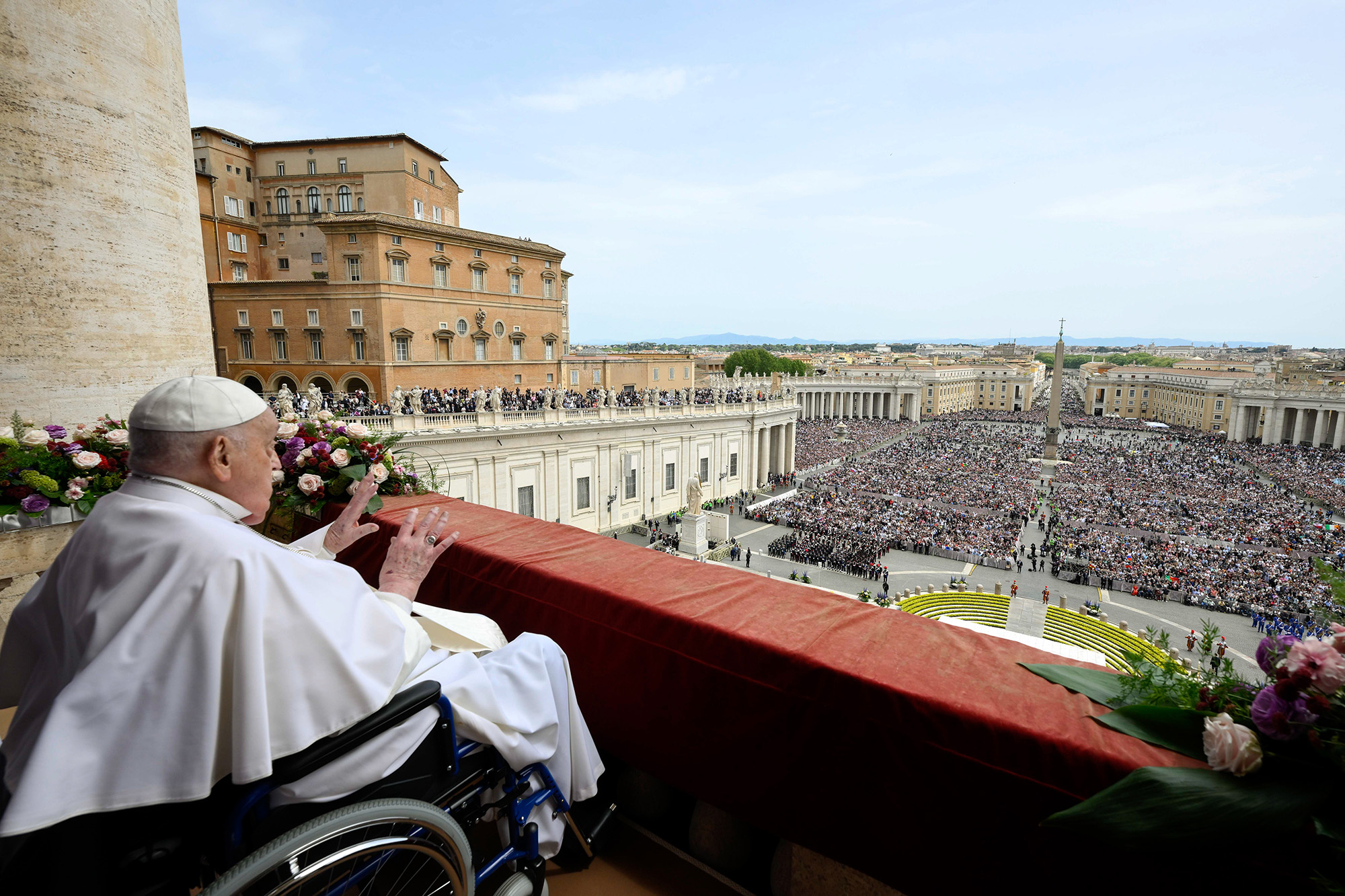DEAR FATHER | The norms for celebrating Mass protect both the liturgy and the faithful
What is “liturgical abuse?”

Part of the sacred duty of priests to celebrate Mass is to follow a specific set of norms, most of which are laid out in the General Instruction of the Roman Missal. The norms in the GIRM and other official liturgical documents ensure that the celebration of Mass is dignified. When a priest violates those norms, his actions are classified as “liturgical abuse.”
The problem with the term “abuse” is that it implies malicious intent, which is seldom the case. Most often, when a priest or liturgical minister violates a norm, it is unintentional and relatively minor. Other cases are more extreme, which is why there is such an emphasis on correct liturgical practice. The norms are in place not just to protect the liturgy but also to protect the faithful, who have every right to receive the sacraments in the manner the Church intends.
Many of the most grievous cases occurred in the early years after the Second Vatican Council, when so much seemed up for grabs. For example, in an attempt to make the Mass more “relevant,” some priests celebrated youth Masses with Cheetos and grape soda. Not only was that a grave liturgical violation, but it also invalidated the Mass. There are more recent cases as well. Last year, at a beach in Italy, a priest celebrated Mass in the water using a flotation device as an altar.
In such situations, it would be hard to argue that the priests didn’t realize they violated liturgical norms. Less extreme cases are far more common, such as a priest receiving Communion last or changing the words of the prayers. Those, too, are violations that should be corrected, even if they are less likely to cause scandal.
While many people think the Church’s liturgical norms are rigid, there is actually a wide range of options. At any Mass, a presider can choose from several penitential rites, prefaces and Eucharistic prayers. Outside of Sundays and feast days, he can also choose from various votive Masses (e.g. for reconciliation, for a good harvest or for peace). The vestments, art and music usually reflect the local culture, and there is a great deal of freedom in liturgical music and decor as long as they stay within the prescribed norms.
Other forms of abuse don’t technically violate a liturgical norm but are abusive nonetheless. For example, a new pastor coming to a parish and changing the music and worship style to reflect his personal preferences, ignoring those of the community, is a form of abuse.
Priests are expected to follow liturgical norms, but we don’t “own” the Mass. Pastors should work with their parishioners to ensure the liturgy both follows the liturgical norms and is a genuine expression of communal worship. For example, my last assignment was at a predominantly African-American parish in north St. Louis. Had I come in and changed the Gospel music to Gregorian chant or decided that the major parts of the Mass would be in Latin, I would have been within my rights as the pastor, but such changes would have grossly disrespected the people I was there to serve. True pastoral leadership is consultative and respects the culture of the local community.
Father Scott Jones is the episcopal vicar for the Northern Vicariate of the Archdiocese of St. Louis.




